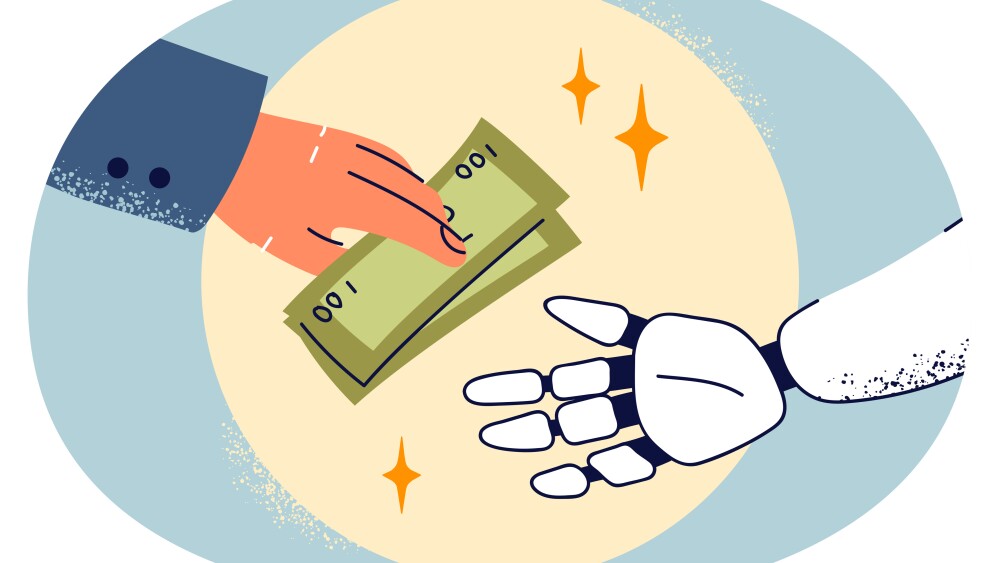While tools to reverse age-related cellular dysfunction haven’t yet reached the masses, two research studies have emerged this week that hint at progress.
Binnur Ege Gurun Kocak/Anadolu Agency via Getty Images
The fountain of youth might be more than folklore, as scientists develop tools to reverse age-related cellular dysfunction. While these tools haven’t yet reached the masses, two research studies have emerged this week that hint at progress.
Adenine Base Editing for Hutchinson-Gilford Progeria Syndrome
Researchers at the Karolinski Institutet collaborating with fellow scientists at the Institute for Basic Science in South Korea looked deeply into the rare genetic disorder, Hutchinson-Gilford progeria syndrome. The majority of people diagnosed with this genetic disorder have a point mutation that changes the cytosine nucleotide to a thymine nucleotide. This mutation is seen to cause genetic disorders, making it an ideal target for Hutchinson-Gilford progeria syndrome research.
The research team decided to use an adenine base editor to experimentally correct the nucleotide mutation believed to cause the syndrome. Past research has shown that this type of editing can affect non-target regions, so the researchers only used the editing tool long enough to reverse the cytosine to thymine nucleotide mutation. Using the editing tools for only a short time was shown to be effective, despite only correcting the mutation in 21 to 24% of the skin cells. The corrected skin cells replicated to create new, non-mutated cells as well as correct the mutation in existing cells. The correction spread across other areas of skin.
Maria Eriksson, who led this study and serves as a professor at Karolinski Institutet’s department of biosciences and nutrition commented on the findings.
“In this particular study, we have used gene editing to correct the mutation in the skin, but in future studies, we want to test the method in other tissues,” she said. “A short-term expression, without detectable toxicity, also opens up the possibility of adding the gene editing tools on several occasions and thus increasing the amount of repaired cells. “
While adenine base editing was effective in this model, the experiment was limited to skin cells. In the future, this research team hopes to expand and find out whether editing can be done throughout the body’s other tissues.
Harvard Scientist Makes Discovery Using Yamanaka Factors
In 2007, a Nobel Prize was awarded to Dr. Shinya Yamanaka for the discovery of a method that reverses human skin cells back to stem cells, permanently resetting the clock on the aging cells. The induced pluripotent stem cells were later named Yamanaka factors. The only caveat to the remarkable findings is the fact that the stem cells were reset without keeping the functionality they were assigned to. Essentially, the cells had become blank slates without duties.
These stem cells became the focal point of researchers who hoped to revert the cells back to stem cells while maintaining the functionality that is required for bodily homeostasis. According to an article published Friday by CNN, David Sinclair, a researcher at Harvard Medical School, may have found the technique necessary to accomplish this goal.
Sinclair commented on his theory on aging before explaining his research.
“I call it the information theory of aging…it’s a loss of information that drives aging cells to forget how to function, to forget what type of cell they are. And now we can tap into a reset switch that restores the cell’s ability to read the genome correctly again, as if it were young,” he said.
Using three of the four main Yamanaka factors and a benign virus vector, Sinclair delivered a dose of the factors directly into a mouse subject’s eye. The mouse had age-related retinal cell degeneration before the administration. To switch the three genes into the “on” state, an antibiotic was given to the mouse. The effect was astonishing. The cells in the subject’s eyes began to grow new axons, a strong sign of rejuvenation.
The next steps will be to find out how applicable this process is to humans, before moving toward clinical trials.





